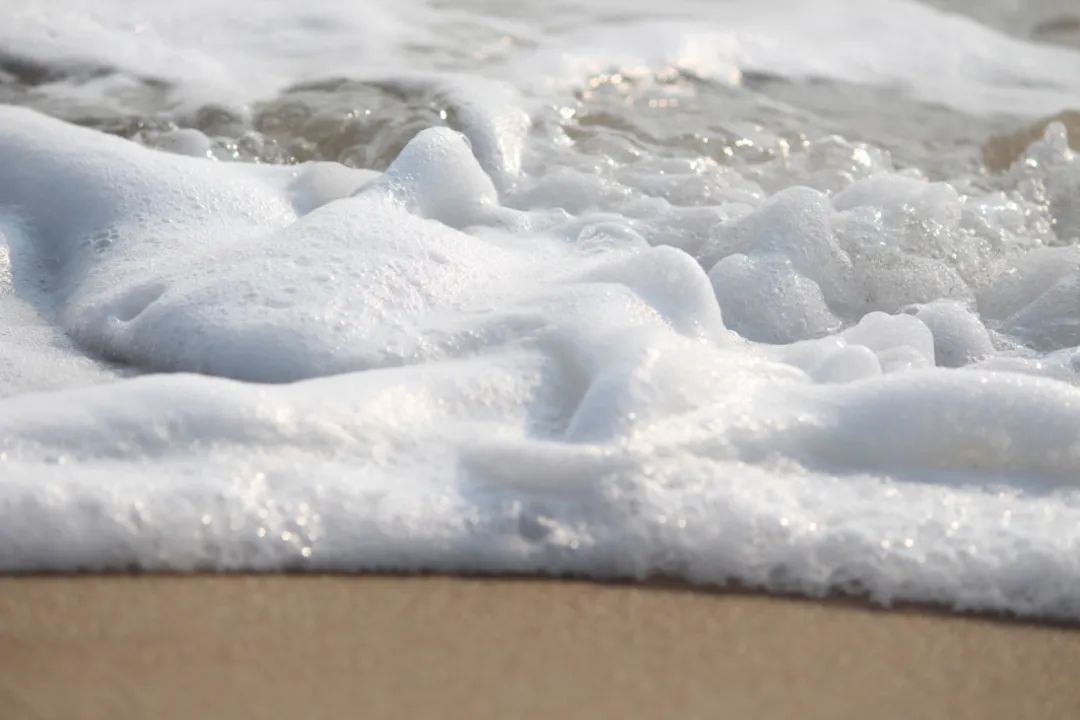Different applications of water-based low foam industrial cleaning agents
November 06, 2022
Industrial cleaning is usually a mechanized and continuous process, accompanied by strong mechanical scouring force, which improves cleaning and production efficiency, but also intensifies the production of foam. In order to meet the needs of industrial production, people have developed various forms of low foam water based industrial cleaning agents.

1. Application of defoamer Adding defoamer to conventional detergent is the most simple method to eliminate cleaning foam. The dairy equipment with low foaming power can be cleaned in situ with low foaming detergent, mainly composed of sodium carbonate (Na2CO3), sodium silicate (Na2SiO3), sodium citrate (Na3C6H5O7) and glutaraldehyde, and dimethyl silicone oil as defoamer. In this formula, alkyl polyglycoside (C0810APG) and fatty alcohol polyoxyethylene ether sodium sulfate (AES) are easy to foam, but the total amount of active agent in the system is low (4%). 0.4% silicone oil defoamer is added to achieve low foaming performance of the cleaning agent. In addition, this kind of low foam cleaner is developed by compounding cationic and non-ionic surfactants and adding silicone defoamer. 2. Application of low foam surfactant The use of defoamer to reduce the foam of cleaning agent has been widely used in cleaning and water-based processing fluids, but the compatibility of silicone oil defoamer with water is very poor, which makes the stability of cleaning products worse. That is, after the product is stored for a long time, silicone oil defoamer is easy to precipitate, which makes the product uneven in use. The part with defoamer can be free of foam, and the part without defoamer has a lot of foam, The defoamer precipitated is easy to block the spray head, filter and other equipment during high-pressure spray cleaning, which brings inconvenience to cleaning. And the emulsifier contained in the silicone defoamer will cause more foam after the silicone is wrapped by the cleaning solution. In addition, some defoamers have a negative effect on the detergency. Therefore, people have studied the cleaning agent that does not contain defoamer but has no foam in the cleaning agent itself. The simplest way is to use low foam surfactant to replace the original commonly used surfactant. 3. Defoaming effect of electrolyte There are many factors affecting foam, but the most important is the strength of the surface facial mask. When the electrolyte concentration in the solution is high, the diffusion double electric layer compresses, the electric repulsion becomes weak, the film thickness becomes smaller, and the stability becomes worse. Due to the need for more electrolytes in the system, the compatibility of surfactants is a big challenge. Therefore, such products are often made into two components, namely, emulsifiers and cleaning additives, which are combined in a certain proportion to prepare working fluids. 4. Defoaming effect of organic solvent The evaporation of low boiling solvent can cause the foam to burst. If alcohol is sprayed directly on the foam, it can quickly defoamer.
When the system contains low surface tension solvent and the content is low, moderately reducing the surface tension of the system is conducive to foaming. At this time, the benefit of solvent is to enhance the detergency of the formula and help reduce the amount of surfactant. The overall effect is to reduce the amount of foam. 5. Cleaning agent without surfactant In some cases, the detergent without surfactant is used for cleaning, and the detergent itself is bubble free. Such as the CIP cleaning in dairy industry, acid and alkali cleaning. In some CIP cleaning methods for dairy products, sodium hydroxide is used for alkali cleaning and nitric acid is used for acid cleaning. It is a single component acid and alkali cleaning agent. In order to improve the cleaning efficiency, chelating agents and other auxiliary agents are usually added to form a composite cleaning agent. 6. Oil stripping cleaning agent Generally, the degreasing process of low foam water-based industrial cleaning agent is to saponify the oil stain with the alkali of the system and emulsify the oil stain with the surfactant. With the cleaning, the consumption of alkali and surfactant acting with the oil stain is large, and the system foam will increase due to the saponification of the oil stain. In order to improve the problem of more and more foam and shorter service life of detergent during cleaning, some scholars developed a new environment-friendly water-based metal cleaner. This cleaner is different from the common water-based metal cleaner in that its cleaning process is the stripping process of oil stains from the metal surface. When oil stains enter the cleaning solution, they still maintain the oil phase state without forming lotion, playing a very good role in defoaming. After cleaning, When the cleaning solution is still, the oil stain can be well layered with the cleaning solution, which is convenient to separate the oil stain and extends the service life of the cleaning solution.






